In the constantly evolving digital environment, website content plays a crucial role in attracting customers and improving Google rankings. However, content is not always “fresh” – and old, outdated articles can become a “burden” that causes the website to lose points with Google and customers.
👉 So how do you recognize an outdated article?
👉 How to refresh and optimize content?
👉 Let's explore the details with MIMA TRADING AND SERVICE COMPANY LIMITED right below!

Why Check & Refresh Website Content?
🎯 Google Prioritizes New & Quality Content: Google's algorithm is constantly updated, and outdated, inaccurate content will be rated low, leading to:
✅ Reduced keyword rankings
✅ Reduced traffic
✅ Impact on brand reputation
🎯 Meeting Customer Needs: Customers are always looking for new, accurate information. An old article with outdated figures will reduce the user experience and conversion rate.
🎯 Reusing the Value of Old Articles:
✅ Old articles already have backlinks and stable traffic
✅ Refreshing will help maintain and improve rankings
✅ Saves the cost of producing new content
Signs of Outdated Articles – How to Recognize?
Below are the signs that your article is outdated:
🔹 Content is No Longer Accurate
- Outdated figures and statistics (e.g., figures from 2020 – 2021)
- Services and products have changed (selling prices, specifications, etc.)
🔹 Information is Not Relevant to the Present
- Trends have changed (e.g., technology, marketing, design…)
- SEO algorithms, SEO tools change – old articles are not updated
🔹 Article Loses Ranking on Google
- Check Google Search Console: main keywords, traffic decrease
- The article is no longer on top or does not appear on the first page
🔹 Broken Link
- Internal or external links are 404 errors and no longer exist
- Illustrations are missing and do not display correctly

How to Check for Outdated Articles – Detailed Steps
👉 To check for outdated articles effectively, you can follow the process below:
✅ Step 1: Create a List of Articles to Check
- Export a file of the entire article list from CMS (WordPress, Joomla…)
- Record: title, URL, posting date, main keywords (if any)
✅ Step 2: Check Traffic & Ranking
- Use Google Analytics to see article traffic
- Check Google Search Console: which articles have reduced clicks and impressions?
✅ Step 3: Read Through the Entire Content
- Read the article from beginning to end – detect spelling and logic errors
- See if the figures, links, and images are still accurate?
✅ Step 4: Compare With Competitors & New Trends
- Search for main keywords on Google – see what's new with the top 5 competitors
- See industry trends (e.g., market reports, new statistics…)
✅ Step 5: Assess the Degree of Outdatedness
- If there are only minor errors: add a few details, make minor adjustments
- If the error is serious: update the entire content or rewrite 50% – 70% of the content

Refreshing Website Content – Standard SEO Process
After identifying outdated articles, refreshing the content is an important step to regain ranking and reputation.
🎯 Step 1: Update New Information & Figures
- Add the latest figures (e.g., 2024 – 2025 report)
- Update new products/services of the company
- Add examples, case studies, new trends
🎯 Step 2: Optimize Article Structure
- Edit the title (H1), headings (H2, H3…) to be clearer
- Add bullet points, tables, easy-to-understand illustrations
🎯 Step 3: Refresh Title & Meta Description Tags
- Rewrite the title to be attractive and contain the main keywords
- Compelling meta description, not too long (about 150 – 160 characters)
🎯 Step 4: Add Internal Links
- Insert links to new articles, new products/services
- Helps Google understand the website structure & improve the user experience
🎯 Step 5: Fix Broken Links, Images & Speed
- Update broken links (if any) or delete 404 links
- Compress images, ensure page load speed (optimized PageSpeed)
🎯 Step 6: Submit to Google Search Console Again
After updating, “request re-indexing” (submit index) so that Google quickly updates the new content.
Benefits of Refreshing Website Content
Refreshing content not only helps “revive” old articles but also brings many benefits:
✅ Maintain and increase ranking on Google
✅ Increase organic traffic
✅ Improve conversion rate (CR)
✅ Increase on-site time (dwell time)
✅ Create a professional, reputable impression

How Often Should You Refresh Content?
There is no “hard” number for every website, but MIMA suggests:
- 6 – 12 months/time: Check & refresh all main content
- 3 – 6 months/time: For industries with rapidly changing trends (SEO, technology, marketing…)
- Immediately when there are major changes: Regarding products, services, policies
Tools to Support Content Checking & Refreshing
👉 To check effectively, you can use the following tools:
🔹 Google Analytics – Track traffic, bounce rate
🔹 Google Search Console – Check index, keyword rankings
🔹 Screaming Frog SEO Spider – Detect broken links, analyze SEO
🔹 Ahrefs / SEMrush – Check competitors, potential keywords
🔹 Grammarly – Quickly fix spelling and grammar errors
Content Refreshing & Optimization Services At MIMA
Want to save time and effort? MIMA TRADING AND SERVICE COMPANY LIMITED provides services:
✅ Evaluate and check for outdated articles
✅ Develop a comprehensive refresh plan
✅ Standard SEO optimization (on-page, off-page)
✅ Monitor and report detailed results
✅ Long-term content strategy consulting
👉 Commitment: Quick update – Sustainable ranking – Optimized ROI
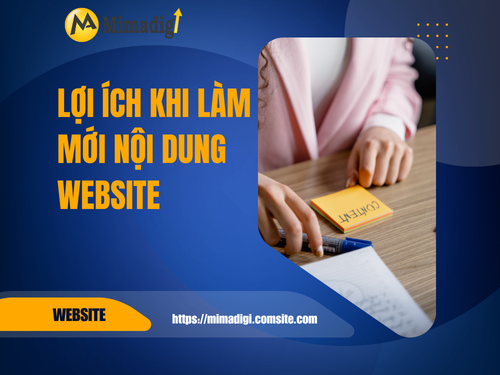
📞 Contact Us Now For Support:
MIMA TRADING AND SERVICE COMPANY LIMITED
🌍 Address: Hoc Mon, Ho Chi Minh City
📞 Hotline/Zalo: 0909 035 333
📧 Email: info@mimadigi.com
🌐 Website: https://mimadigi.com
📌 Tax code: 0318672839
👉 How to check for outdated articles & refresh content is an important step to maintain effective SEO & customer experience.
👉 Don't let your website get “old” – Let's refresh the content with MIMA and maintain the leading position!
👉 Contact us now for free advice & the best optimization solutions!




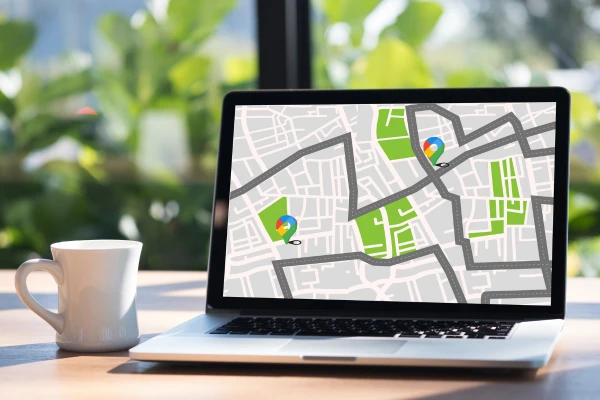




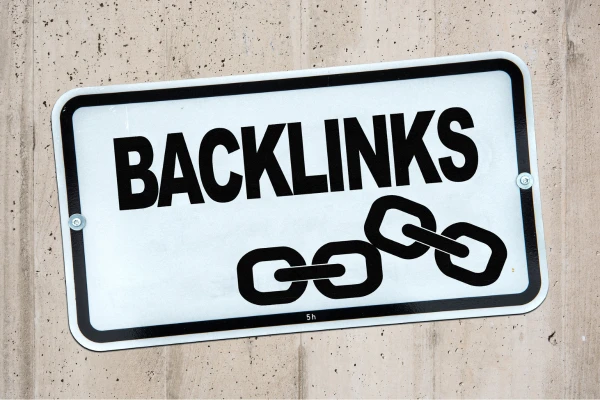


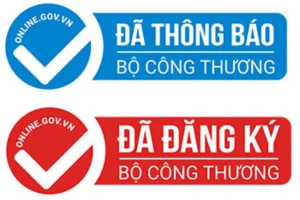
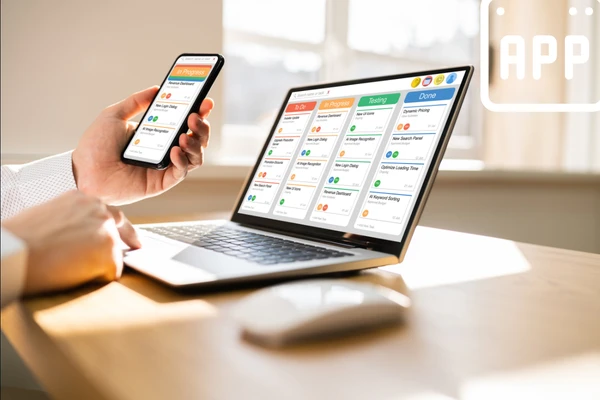

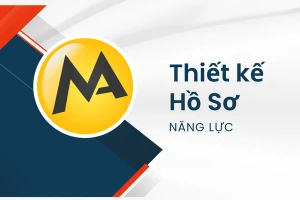







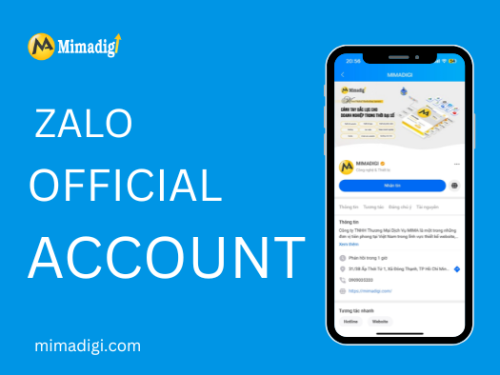


Share your review